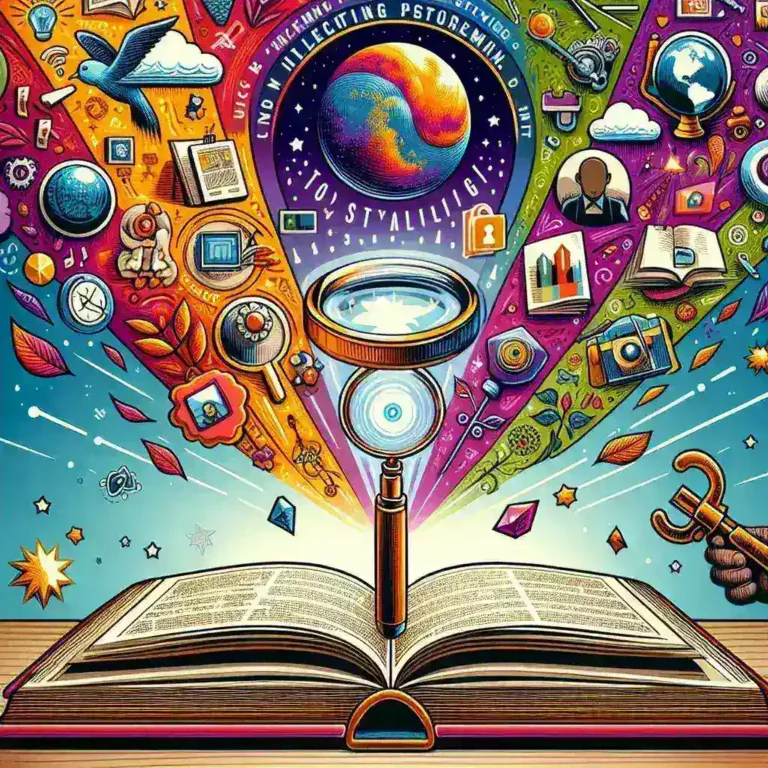AI Assisted Telescope Arrays Predicting Meteor Showers with Pinpoint Accuracy
Introduction
The night sky has captivated humanity for centuries, from ancient civilizations gazing at stars to modern astronomers exploring the cosmos. One of the most awe-inspiring events in astronomy is the meteor shower—an enchanting spectacle of streaking light across the heavens. However, predicting when these showers will occur and their intensity has been a challenge. Fortunately, the advent of AI-assisted telescope arrays has revolutionized meteor shower predictions, enabling scientists to forecast these celestial events with remarkable precision.
The Evolution of Meteor Shower Predictions
Historically, meteor showers have been studied by astronomers who relied on visual observations and basic computational models. As science advanced, so did the methodologies for predicting these celestial displays. The introduction of telescopes in the 17th century marked a significant turning point, allowing astronomers to observe meteor showers more effectively. However, the predictions remained largely speculative until the 20th century.
From Basic Calculations to Advanced Algorithms
In the mid-20th century, astronomers began to utilize more complex calculations and statistical methods to predict meteor showers. Though these predictions improved, they still lacked accuracy—often missing the timing and intensity of events. This limitation persisted until the late 1990s, when computational power advanced exponentially, paving the way for better modeling techniques.
The Role of Artificial Intelligence
With the arrival of artificial intelligence (AI) and machine learning in the 21st century, the game changed dramatically. AI algorithms can analyze vast amounts of data from various sources, including historical meteor shower data, satellite imagery, and real-time observations. By employing machine learning techniques, these advanced systems can uncover patterns and correlations that traditional methods might overlook.
How AI-Assisted Telescope Arrays Work
AI-assisted telescope arrays combine several advanced technologies to enhance meteor shower prediction capabilities:
- Data Collection: These arrays are equipped with multiple telescopes that capture high-resolution images of the night sky. The data gathered includes not only meteor activity but also atmospheric conditions, light pollution levels, and other environmental factors.
- Machine Learning Algorithms: The collected data is fed into machine learning models that are trained to recognize patterns associated with meteor showers. These algorithms continuously learn from new data, improving their predictive capabilities over time.
- Real-Time Processing: Unlike traditional methods, AI-assisted systems can process data in real time. This allows for immediate updates and predictions, providing astronomers and the public with timely information.
The Importance of Precision
Pinpoint accuracy in predicting meteor showers has numerous benefits. For astronomers, it means better planning for observations and research. For the general public, it provides opportunities to witness these celestial events without missing out due to inaccurate predictions. Furthermore, accurate forecasting plays a crucial role in scientific research, allowing scientists to understand the composition and behavior of meteoroids entering Earth’s atmosphere.
Historical Context and Recent Advances
The last decade has witnessed significant advancements in AI-assisted telescope technology. A notable achievement is the development of the Pan-STARRS (Panoramic Survey Telescope and Rapid Response System) project in Hawaii, which utilizes advanced algorithms to monitor astronomical phenomena, including meteor showers.
Case Study: The Perseids Meteor Shower
The Perseids meteor shower, which occurs annually in August, has long been a subject of interest for astronomers. In recent years, AI-assisted telescope arrays have significantly improved prediction accuracy for this event. Researchers used AI models to analyze historical data, atmospheric conditions, and other variables to forecast the shower’s timing and intensity effectively. As a result, the predictions for the 2022 Perseids were remarkably precise, with many observers reporting a peak in activity that aligned closely with the predictions.
Future Predictions: What Lies Ahead?
As AI technology continues to evolve, the future of meteor shower predictions looks promising. Enhanced algorithms and more sophisticated data collection methods will likely lead to even greater accuracy. Scientists are also exploring the integration of AI with adaptive optics technology, which could dramatically improve the clarity and detail of images captured by telescope arrays.
The Potential for Global Collaboration
Another exciting possibility is the potential for global collaboration among astronomers. AI-assisted telescope arrays can share data in real-time, allowing researchers worldwide to coordinate and collaborate on meteor shower predictions. This collective approach could lead to groundbreaking discoveries and a deeper understanding of meteor showers and their origins.
Pros and Cons of AI-Assisted Meteor Shower Predictions
While AI-assisted telescope arrays present several advantages, they also come with challenges:
Pros:
- Increased Accuracy: AI models can analyze vast datasets, leading to more accurate predictions.
- Real-Time Updates: Timely information allows observers to prepare for meteor showers effectively.
- Enhanced Research Opportunities: Improved predictions facilitate better scientific investigations into meteoroids and their behavior.
Cons:
- Dependence on Technology: Over-reliance on AI may reduce traditional observational skills among astronomers.
- Data Privacy Concerns: The collection and analysis of large datasets can raise privacy issues.
- Resource Intensive: Establishing and maintaining AI-assisted telescope arrays requires significant investment.
Conclusion
The intersection of AI technology and astronomy marks a new era in our ability to predict meteor showers with pinpoint accuracy. As AI-assisted telescope arrays continue to evolve, they hold the potential to revolutionize our understanding of these celestial events, making them more accessible to the public and enhancing scientific research. By embracing these advancements, we stand on the brink of a future where meteor showers can be anticipated with unprecedented accuracy, allowing us to marvel at the wonders of the night sky like never before.







